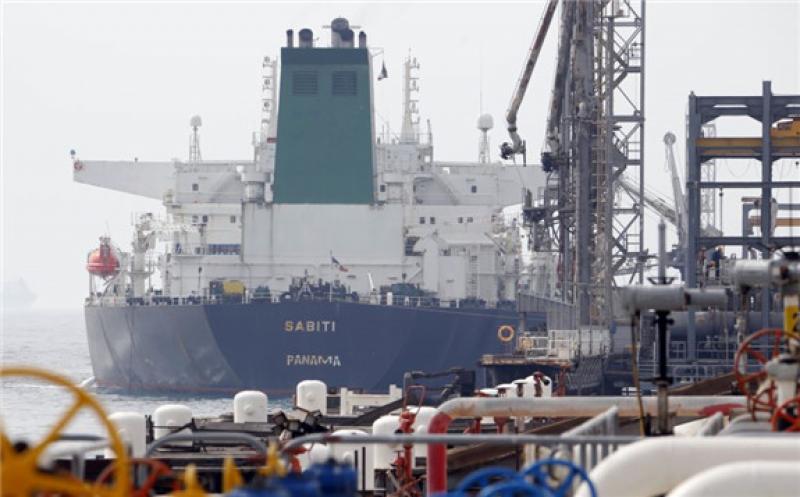
The latest figures issued by China’s customs authorities show Iranian oil imports declined further in June reaching a low of 208,205 barrels per day, down 60 percent from June 2018.
Iran’s oil exports had also declined in May, when the United States phased out limited exemptions it had offered to a handful of countries, including China, for six months. The May volume of Iranian oil entering China was 254 thousand barrels per day, or 46,000 b/d more than in June.
Last year, before the United States imposed sanctions on Iranian oil, China was buying an average of 690 b/d from Iran, while this year that average has been 437 thousand.
Iran’s oil exports have practically come to a halt since the U.S. imposed its sanctions. After the 2015 nuclear agreement, Iran boosted its oil exports to a level above two million b/d, but now some estimates put the figure as less than 400,000.
This means Iran is losing around $25 billion a year, which is a significant setback for its oil-fueled economy and government budget. For this reason Iran has been putting pressure on Europe to ignore U.S. sanctions and buy Iranian oil, but its recent seizure of a British oil tanker might have diminished any chances of European cooperation with Iran.
The Chinese export-import figures also show that exports to Iran have substantially declined. In the first six months of this year China has sold around $4.5 billion of goods to Iran; a 46 percent decline compared with same period last year. This is partly due to U.S. banking sanctions on Iran, which make transactions risky for Chinese companies.
Washington is monitoring Iranian oil shipments and last week it imposed sanctions on a Chinese company for transporting Iranian oil, a move that violates U.S. sanctions.
U.S. Secretary of State Mike Pompeo said on July 22 that Chinese company Zhuhai Zhenrong and one of its executives knowingly violated U.S. sanctions banning the import of Iranian oil.
Politico reported in early July that China and the United States held negotiations for granting a sanction waiver to the Chinese company Sinopec to buy oil from Iran.
The company has made investments in the oil zone West of the river Karoun in Iran's Khouzestan Province. Reports say Iran owes money to Chinese companies Sinopec and CNPC for their help in developing its oil fields. Both companies have received oil from Iran. In fact part of the oil reported to have reached China in June might have gone to these companies as a payment Iran owes.
Companies tracking oil global oil shipping report that Iran is stockpiling oil in China, but the exact quantity is not known. However, it is possible the stockpiled oil is not being reported by Chinese customs as imports, since no Chinese entity has purchased it.
As Iran has lost market share in China, Saudi Arabia has taken over the Iran’s lost oil sales. In June Riyadh boosted its exports to China by 84 percent to a total of 1.88 million barrels a day, instead of 1.1 million in May.
Russia has also increased exports to China by 45 percent in June compared to the volume in June 2018.
Another interesting twist in the cut-throat oil market competition is that not all of the increases in Saudi and Russian oil exports to China are because of U.S. sanctions on Iran. The U.S.-China trade war has reduced China’s purchase of American oil. U.S. ally Saudi Arabia and its geopolitical rival Russia have stepped in to fill the gap.